Increasing trend towards the use of dual-clutch transmissions
time2016/08/26
- Increasing trend towards the use of dual-clutch transmissions
With dual-clutch transmissions the focus of so much negative public reception, why are more and more manufacturers choosing to use them for their vehicles? Most of the new models debuting this summer, like the new Changan CS15, are all powered by dual-clutch transmissions, which have raised the eyebrows of many consumers in China. These transmissions are also heavily praised by the media as better suited for the stop-and-go traffic of Chinese cities than manual transmissions.
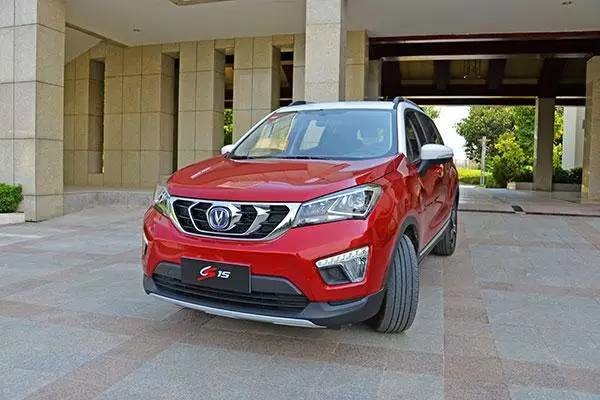
Most of the negative image associated with dual-clutch transmissions is a result of VW’s issues with its DSG vehicles, where the manufacturers was eventually forced to recall vehicles, admitting that there were risks with the transmissions failing when the vehicles were being driven. Although VW suffered a lot of criticism, they went through a lot of trouble to resolve the issue. VW is still and industry leader when it comes to automatic transmissions, with its newest iteration of the DSG transmission on the new Magotan. VW has a lot of technical expertise in their field, which has been proven in spite of consumer skepticism.
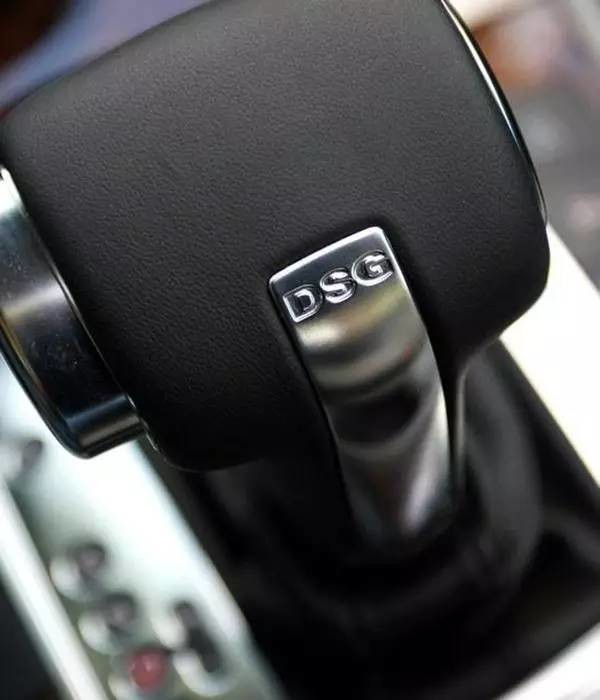
While in the past dual-clutch transmissions were critiqued for not accelerating as smoothly as other transmissions, they have come a long way having been on the market for decades. As an example, Porsche’s Cayenne (pictured below) used a PDK dual-clutch transmission that feels every bit as smooth as a normal automatic transmission.
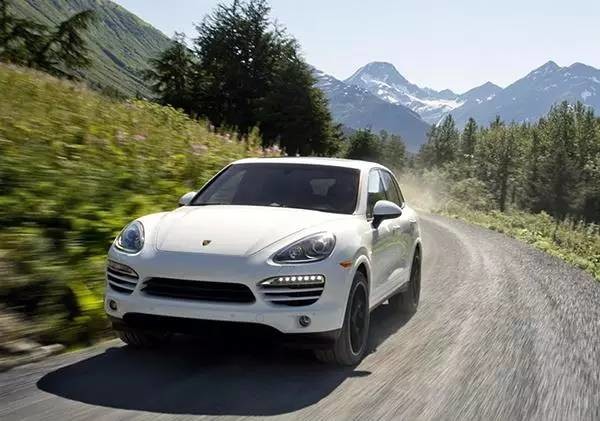
That said, the Porsche Cayenne is out of the price range for many typical Chinese buyers. However, many own brands are using this technology for their considerably more affordable models. An example of this is this year’s Guangqi GS4 (pictured below), which uses a dual-clutch transmission that is considerably smooth, a noticeable improvement from the transmission used in the previous Guangqi GS4. As technology advances, these transmissions have shown themselves to be very reliable.
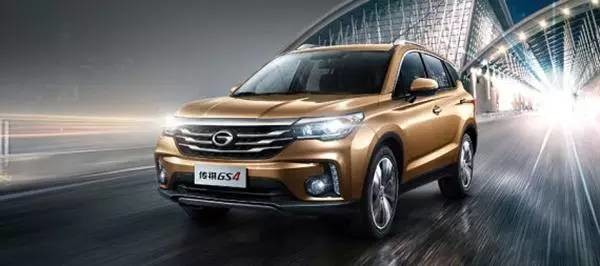
When compared to normal automatic transmissions, dual-clutch transmissions deliver quicker gear shifting times and smoother acceleration. Depending on the model used, dual-clutch transmissions offer gear shifting times that are 5 to 10 times faster than the average automatic transmission.
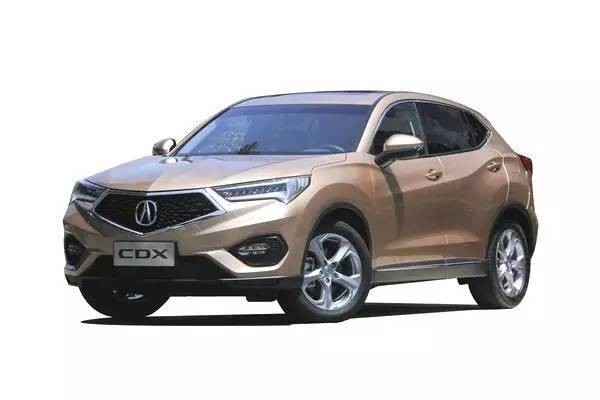
Dual-clutch transmissions do cost more than typical automatic transmissions. However, their technological advancements have been making them more appealing for automobile manufacturers, including Chinese own brand manufacturers. Honda’s domestic Acura CDX (pictured above) is an example of this, with previous choices of automatic and CVT transmissions being ditched for a 8-speed dual-clutch transmission. Honda is hardly alone in embracing dual-clutch transmission technology. As this technology become more and more mature, it will increasingly become more mainstream in the upcoming years.
